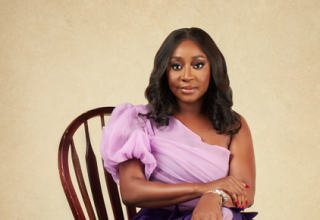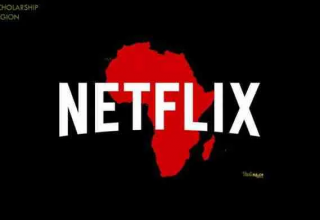Netflix is doubling down on Korean content after achieving global impact with viral series like Squid Game, The Glory and Physical: 100.
The streamer said Monday, in a statement targeted to the local Korean press, that it will spend $2.5 billion in South Korea over the next four years to produce Korean TV series, movies and unscripted shows. The hefty investment would represent twice what Netflix has spent in Korea between its local launch in 2016 and today, according to the company.
The investment plans were first shared during a meeting between South Korean President Yoon Suk Yeol and Netflix co-CEO Ted Sarandos in Washington, where Yoon arrived Monday for a state visit.
“We were able to make this decision because we have great confidence that the Korean creative industry will continue to tell great stories,” said Sarandos. “I have no doubt our investment will strengthen our long-term partnership with Korea and Korea’s creative ecosystem,” he added.
The meeting with the Korean president took place at the Blair House in Washington and Sarandos was joined by Bela Bajaria, Netflix’s chief content officer; Minyoung Kim, VP of content for Asia Pacific (excluding India); and Kang Dong-han, VP of Korean content.
According to local Korea press, Yoon was encouraging of Netflix’s latest investment commitment, describing it as a “large opportunity” for South Korea’s entertainment sector, as well as for Netflix.
Sarandos personally kickstarted Netflix’s Korean content ambitions by bankrolling Korean auteur Bong Joon-ho’s $50 million sci-fi action drama Okja in 2016. Since then, the streamer has both ridden and driven the global growth of K-content, releasing a string of international hits like Sweet Home, Squid Game, Hellbound, and most recently, reality TV sensation Physical 100 and feature film Kill Boksoon.
Netflix’s investments in Korean content have proven especially helpful in driving subscriptions throughout Asia, where growth in the premium video sector has not yet plateaued. Last year, Netflix released 29 exclusive Korean dramas, of which 6 were among the top 10 most-watched titles in Asia-Pacific in 2022, according to regional consultancy MPA. Korean dramas also were the most-watched content category in APAC last year, accounting for 28 percent of total viewership in the region, followed by 25 percent for U.S. series, 12 percent for U.S. movies, and 10 percent for Japanese anime, according to MPA’s analysis.
Netflix is hardly alone in its bullishness on the Korean content sector, however. Disney+, Amazon Prime Video and Apple TV+ are all spending heavily on acquiring and producing original Korean content, which rapidly has driven up the costs of top talent and titles, according to industry veterans in the marketplace. Korea’s domestic streaming services — including operators with strong local backers, like Tving (supported by studio giant CJ ENM, broadcaster JTBC and tech company Naver) and Wavve (co-owned by broadcasters KBS, MBC and SBS and SK Telecom) — are also investing heavily into local content to win eyeballs at home and in the region.
During his meeting with Yoon, Sarandos described Korean creators as now being “at the heart of the global cultural zeitgeist.”
Source: The Hollywood Reporter










